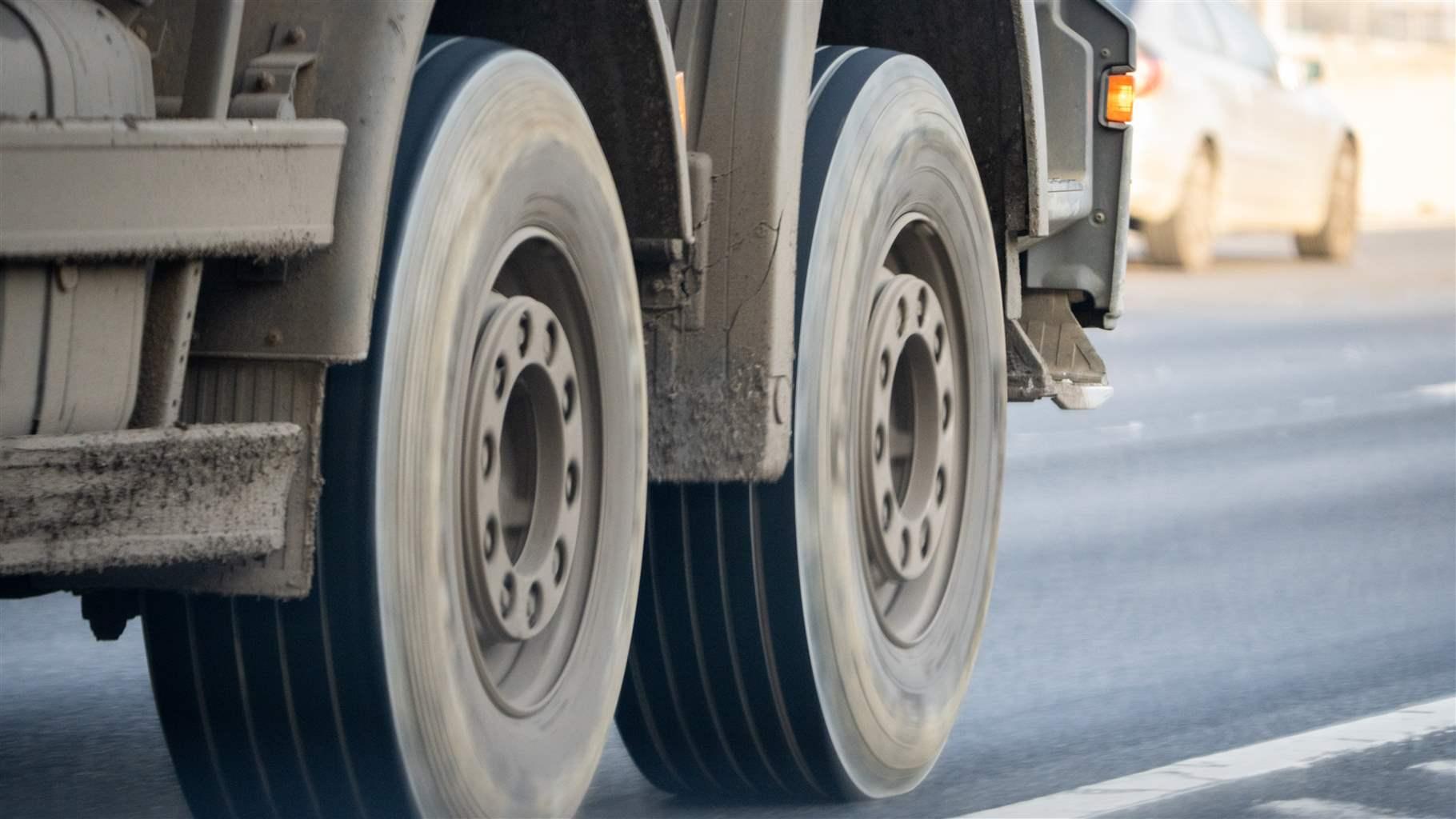To Fight Microplastic Pollution, EU Needs Strong Tyre Emissions Legislation
Ambitious measures needed to set path to 30 per cent reduction by 2030

At first glance, the link between tyres and ocean plastic pollution might be tough to see. But every time a car, bus or lorry hits the road, its tyres shed tiny microplastic particles, which both pollute the air we breathe and are washed into streams, rivers, bays and eventually the ocean.
According to the European Commission, tyres generate 450,000 metric tonnes of microplastic—particles of plastic of less than 5 mm—per year in the European Union (EU) alone, making them the second-largest known source of microplastic pollution in the EU. Tyre particles encompass various harmful chemicals capable of leaching into the environment, polluting our air and impacting human health. Those compounds include polyaromatic hydrocarbons, 6PPD and heavy metals such as zinc and lead.
Recognizing the harm that microplastics can have on people and the environment, the EU in 2021 adopted the Zero Pollution Action Plan, which includes a target to reduce microplastic pollution by 30% by 2030. With just months to go until the European elections, European policymakers now have a narrow window within which they can adopt a new legislative framework that could have a significant impact on curbing microplastic pollution from tyres and help deliver on the 2030 target.
While environmental regulations have long targeted tailpipe and exhaust emissions, plastic particles shed by tyres have largely escaped the regulatory spotlight. As of today, no country has introduced limits to curb emissions from tyres, and, as a result, tyre-related pollution has persisted unchecked. Research estimates that by 2050, 90 per cent of particulate emissions from road transport in Europe will originate from non-exhaust sources—predominantly tyres and brakes.
Given how critical reducing microplastic emissions is for safeguarding human health and protecting natural ecosystems, in November last year, the European Commission released a proposal for vehicle emission standards, legislation called Euro 7, which seeks to establish limits for tyre particle emissions for the first time in Europe—and the world.
As European policymakers finalize this potentially groundbreaking legislation, a range of crucial considerations demand their attention. Measures are needed to reduce microplastic pollution from all vehicles—including passenger cars, buses and lorries—to help hit the goal of reducing 30% by 2030.
Tyre industry representatives are currently working alongside officials from the European Commission at the U.N.’s Task Force on Tyre Abrasion to develop both standardized testing and limits for tyre abrasion. To realistically contribute to the EU goal, tyre abrasion limits for all categories of tyres must be implemented as soon as possible. Any delay in achieving that implementation would result in lowering ambitions for both human health and environmental protection and failing to achieve the 2030 objective of the Zero Pollution Action Plan.
Euro 7 offers an opportunity to set a comprehensive framework to tackle tyre particle pollution by requiring industry to phase out the worst performing tyres from the market. The Pew Charitable Trusts encourages the EU to finalize and adopt comprehensive legislation to effectively protect both citizens and the environment from the evergrowing threat of microplastic pollution.
Natacha Tullis is an officer and Selene Álvarez Peña is a senior associate with The Pew Charitable Trusts’ preventing ocean plastics project.













